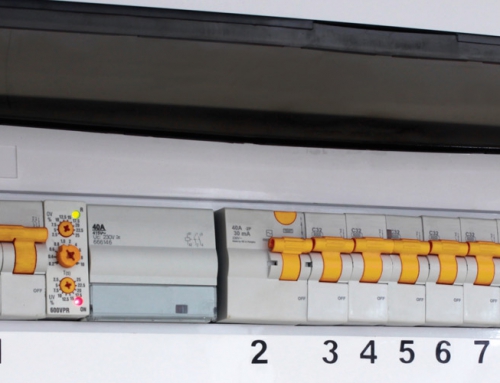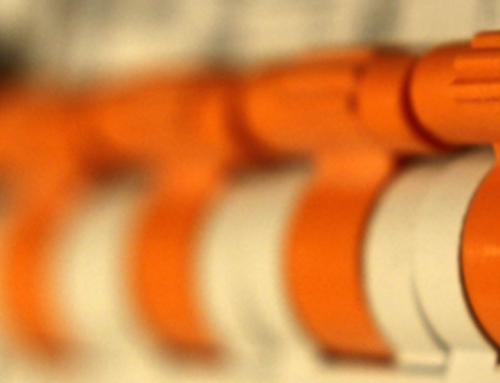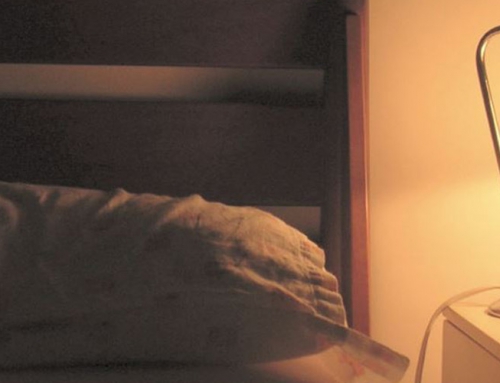Kitchen electricity safety
The largest and most-frequently used electrical appliances in the home are usually in the kitchen area. Here are some precautions you can follow:
- Familiarise yourself with the location of the switches and plugs of the larger appliances, which may be hidden in or above kitchen cupboards. Know exactly which plug you need to switch off if your refrigerator, microwave, dishwasher, oven or other kitchen appliance is malfunctioning.
- Check plugs and sockets for burn marks and check electrical leads for damages.
- Always dry your wet hands before using electrical appliances or switching on/off sockets and light switches.
- If you have an electric oven, it is likely to be connected to your home’s electricity system through a direct supply from the main distribution board. Your distribution board should be clearly labelled to indicate which main circuit breaker (MCB) you need to switch off to cut supply to your oven in case of emergency.
- The fuses in the plugs of your kitchen appliances should be appropriately rated, as specified by the product’s manufacturer. This precaution applies to smaller appliances, such as blenders, juicers and toasters, as well. Using the proper fuse will reduce the risk of electric shock or injury if something goes wrong whilst you are using the appliance.
- Take a close look at the three-pin electricity sockets on the wall above your kitchen top. Are they too close to the sink, to other water supplies or to the oven hob? Can they get easily splashed or damaged by heat? If you have doubts, seek advice from your authorised electrician.
- Check small kitchen appliances that you frequently use for signs of wear and tear. If you notice cracks, damaged or exposed leads or other defects, stop using the appliance and seek advice on whether it needs repair or replacement.
- Parts of certain small appliances, such as blenders, may need to be rinsed in water after use. Do not wet the parts of the appliance that contain electrical components. If you suspect that you have wet an electrical component, do not use the appliance. Do not clean or wipe electrical appliances whilst still switched on or plugged in the socket.
- Before using an appliance for the first time, read its instructions. Most appliances come with a quick user guide, which includes the most important safety precautions and instructions to ensure safe use. Incorrect use of your appliance may lead to damage, injury or other safety risks.
- Don’t misuse or over-exert an appliance. If a sandwich toaster is overfilled, don’t force it down to close it. Do not insert any metal object inside a toaster when it is still plugged in the socket. If your food processer is not chopping up your vegetables as small as you want them to, don’t try to shake it around or stick utensils close to the rotating blades. If your appliance is not doing what you want it to, it is most likely not designed to do so.
- Misusing a microwave oven can be a major hazard in the kitchen. Follow its instructions manual carefully and don’t place objects that are not microwave-safe, including metal objects and certain types of plastic containers. If you notice sparks, switch off the oven immediately. Boiling water in a microwave is not recommended. Clean any spilt food or drinks inside the microwave immediately to avoid overheating and fires.
- Many larger appliances, including built-in ovens, microwave ovens and refrigerators, have vents that keep them from overheating. Do not obstruct these vents. Clean them regularly so they won’t get congested with dirt and grease.
- If you have mains-connected under cupboard or drawer lights, look out for signs of damage or wear. Do not use replacement bulbs or LEDs that exceed the maximum wattage specified by the manufacturer. Be careful not to wet these lights whilst cleaning or cooking.
- Keep a fire blanket and an appropriate fire extinguisher in your kitchen. Learn when and how to use them.
- If possible, install a fire detector in the kitchen to detect smoke or fire as soon as possible.
- Do not leave electric or gas ovens or hobs switched on when there is no one in the house.





